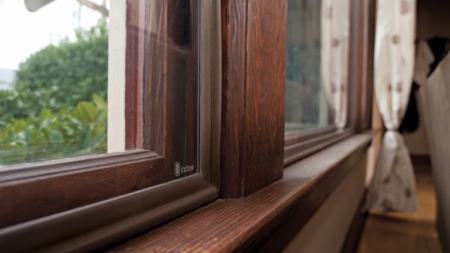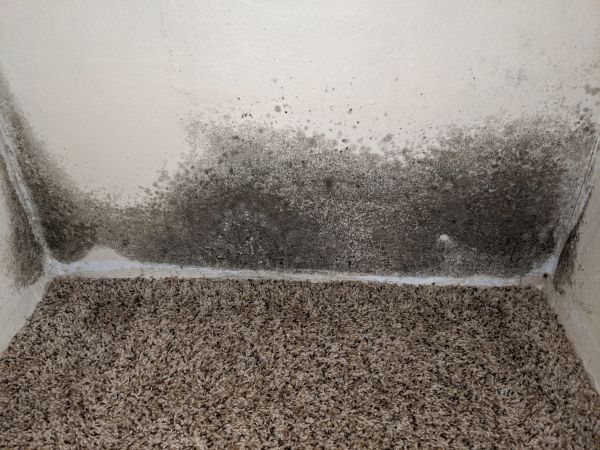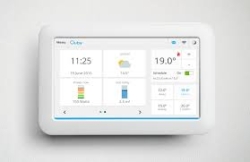Solar power can lead to financial savings in the long run as well as being beneficial for the environment. The yearly reduction in carbon from generating electricity from the average 4 kilowatt home solar power system is equivalent to the amount of carbon absorbed by half an acre of trees. There are four primary solar technologies:
- Concentrated solar power – Uses heat from the sun (thermal energy) to power utility-scale, electric turbines.
- Solar hot water – Collects thermal energy to provide hot water.
- Passive solar design – Takes advantage of a building’s materials, site, and climate to use the sun’s energy for both the heating and cooling of spaces.
- Solar electric or photovoltaics (PV) – When sunlight hits the panels, electrons are freed in the semiconductor material in the cells, thereby generating direct current (DC) energy. These are commonly seen on rooftops, although they can be installed in other places. This article will focus on solar electric/PV technology.

Source: Consumer Reports, June 2016
Homes with solar power remain connected to the grid and feed extra energy into it during sunny days while drawing power from it during cloudy weather and at night. A net meter is used instead of a standard electric meter. A net meter can run in reverse. Power drawn from the grid during the night or cloudy days will cause the meter to run forward, but the meter will spin backward to credit the owner for power contributed to the grid on sunny days. An inverter converts DC current generated by the panels into AC current to be used by standard household appliances. Solar panels generally require very little maintenance. The panels should be inspected a few times a year for any dirt or debris that may collect on them.
Modern solar panels last longer than they used to, according to Consumer Reports (CR). Panel warranties usually range from 10-12 years “which is plenty of time for a rare faulty panel to reveal itself”. CR advises to focus more attention to the solar-performance warranty which guarantees a certain power output for a 20-30 year term. The panel shouldn’t lose more than ¼ to ½ percent in power output per year. “Solar panel failures are extremely rare,” says Joshua Pearce, an engineering professor and solar expert at the Michigan Tech Open Sustainability Technology Lab. Pearce generates 100% of his electrical needs on his garage roof. (CR, June 2016.)
The average home in Portland can save $4,000 with a 20 year solar panel lease, according to Project Sunroof. Yes, that is correct: Even homes in Portland can benefit from solar power. Portland obviously has long stretches of cloudy days, but there are also plenty of days of sunshine, especially in the summer and early fall. Portland receives more days of sunshine than Germany, yet Germany is a world leader in reliable solar energy use. Project Sunroof has an online calculator to estimate the solar savings potential of a particular address (insert link here).

Residential solar power can have a bigger payoff for homeowners in the states highlighted in white. (Consumer Reports, June 2016)
Solar panel systems can be purchased or leased. Homeowners can use these systems by themselves or participate with neighbors in a community system. If excess electricity is generated, the local utility company (such as Portland General Electric) may issue a credit. PGE also offers the option to buy green power from them. The City of Portland website offers an in-depth look at buying versus leasing as well as listing incentives and tax credits.
According to Solar Oregon, there are two main ways of considering the economic portion of solar systems: One way is to consider the total cost over the life of the system, where the upfront installed cost is calculated by deducting incentives, credits, and rebates. The other primary way is payback, which is determined by the number of years needed to pay off the system cost from energy savings. In Portland, it can be expected to generate 1,000 kWh of electricity for every 1 kilowatt of installed solar panel system, therefore the average 4 kW system would generate about 4,000 kW per year or 11 kW per day. The payback can be approximately 6.5 years for the average solar panel system in the Portland area (solaroregon.org).
Some benefits of installing solar energy include:

Source: green world investor
- Solar energy systems retain an average value of 97%.
- Systems add an average of $12,000 in value to a home.
- Homes with solar energy have reduced their energy bills between 14-54%.
- Homes with solar energy systems sell twice as fast as homes without these systems.
Solar panels on residences are usually installed on a roof and ideally the roof should have at least 10 more years of life left because solar panels usually weigh 3-4 lbs/sq ft. There are a few main factors to consider when deciding if a home is a good candidate for a solar panel energy system.

Roof Pitch (source: houseunderconstruction)
- Direction: In the Pacific Northwest, the sun is shining from the south and therefore solar panels on a south facing roof will receive more sunshine than roofs that face other directions. Roofs that face southeast and southwest will receive enough sunshine to work well. West and east facing roofs will receive less sun, but may still work. Roofs that face north may not receive enough sun to justify the cost of installing the system.
- Shading: Trees, large chimneys, and other buildings may affect sunlight exposure. The space for solar panels should have direct access to the sun with little to no shading during most of the day (9am to 3pm).
- Pitch (angle of the roof): In Oregon, the ideal roof is between 20 and 35 degrees, although other pitches may still work.
There are a few different ways to analyze a site to see if a solar panel system would work. A rudimentary method involves standing on the potential site with your arms up in a “Y” form, then looking for potential shading obstructions between your upheld arms. This range represents the productive sun hours of 9am-3pm. Professional devices, such as Solmetric SunEye and Solar Pathfinder calculate the Total Solar Resource Fraction by analyzing shading, panel tilt, and the direction relative to south. There are iPhone apps, such as Sun Seeker and Sun Surveyor, that will provide a solar energy site assessment. An online tool can help, such as Mapdwell Solar System.
Resources for more solar panel information:
PGE – https://www.portlandgeneral.com/residential/power-choices/renewable-power/choose-renewable
City of Portland – https://www.portlandoregon.gov/bps/61100
Solar Oregon – http://solaroregon.org/
Project Sunroof – https://www.google.com/get/sunroof#p=0
Consumer Reports – http://www.consumerreports.org/cro/home-garden/energy-efficiency-guide/index.htm




